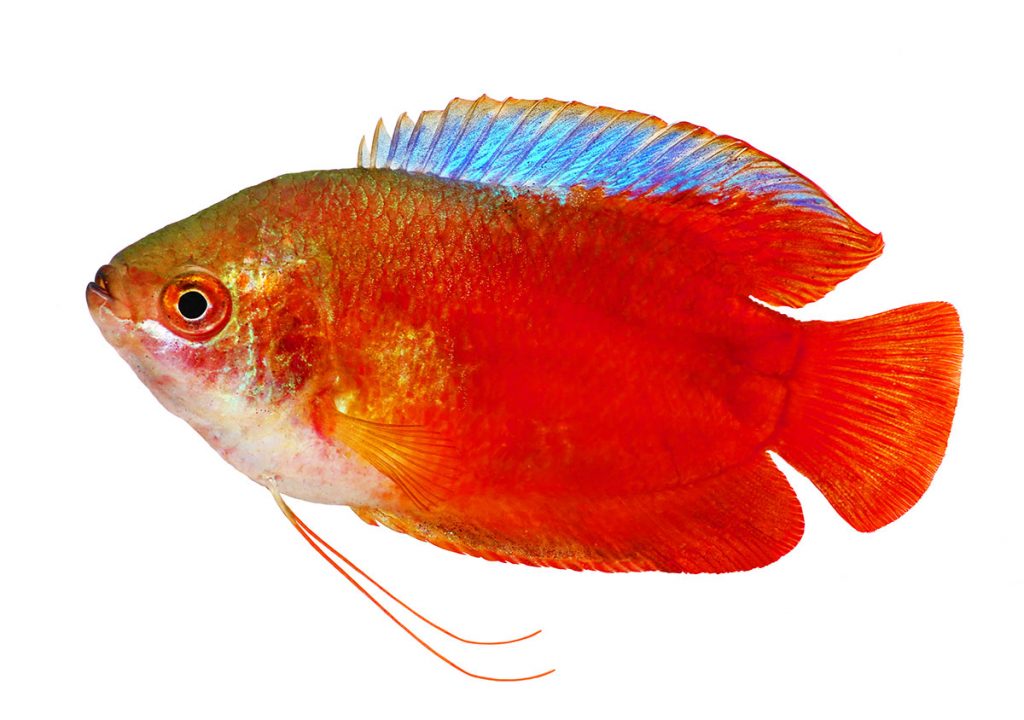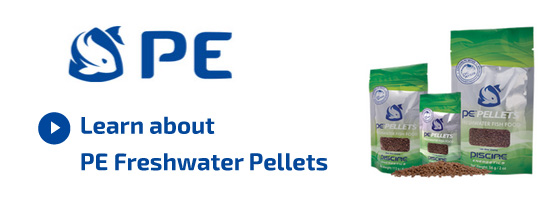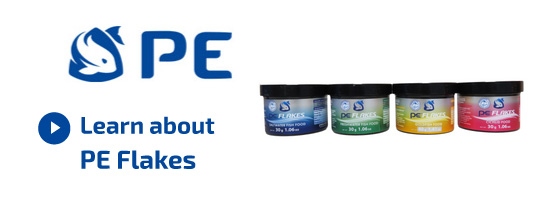Gouramis Species
Gouramis
Gouramis are very popular members of the Osphronemidae family of fish, which contains the anabantoid air breathing fish. Gouramis are very popular aquarium fish in part due to their coloration and patterning, but also due to their fascinating capability of breathing air directly from the atmosphere.
The Flame Dwarf Gourami (Colisa lalia) is one of the most commonly sold species or gourami. Other common species include Chocolate Gourami (Sphaerichthys osphromeoides), Pearl Gourami (Trichogaster leeri), Sparkling Gourami (Trichopsis pumilus) and the Kissing Gourami (Helostoma temmincki).
Biology
Gouramis are native to Asia where they can be found in array of freshwater habitats. However, they are most often encountered in warm, still bodies of water. Gouramis can thrive in these low oxygen conditions due to their labyrinth organ, which allows them to breath air directly from the atmosphere. Another fascinating aspect of gourami biology is their reproduction method. All species of gourami exhibit parental care, in many cases they make bubble nests in which they eggs are placed and incubated. Other species are mouth brooders, instead holding the eggs in their buccal cavity through development.
Captive Care
Gouramis can make great aquarium inhabitants, provided their husbandry needs such as diet, water quality and tank space are met. One of the great advantages of keeping gouramis, is that their labyrinth lung allows for them to be kept in a tank without aeration. In fact, aeration can cause damage to the sensitive bubble nests they construct on the water surface. So if breeding is the goal, it may be advisable to avoid aeration or any filtration that causes too much surface agitation.
Gouramis are tropical fish that prefer temperatures between 75F and 82F. Gouramis are typically considered good members of community tanks, particularly with other peaceful species.
It is important to consider carefully what species of Gourami may be best for your aquarium. While smaller species such as the Licorice Gourami (Parosphromenus deissneri) are suited to tanks as small as five gallons, larger species such as the Giant Gourami () may be better suited to a larger tank.
Suggested Piscine Energetics Products
We suggest a diet based on Piscine Energetics Frozen Mysis, Piscine Energetics Frozen Calanus, Piscine Energetics Pellets (1mm and 2mm) and Piscine Energetics Freshwater Flakes.
What people are saying about PE:
After feeding my seahorses your mysis for about 3 months; they are fat and happy!!! they give me baby seahorses (at least 300 ) each 14 days... So I'm very satisfied of your mysis.The frozen mysis is about 70 per cent of their diet.
Yvan Charbonneau Quebec
I am keeping these Indian mudskippers -- very cute -- about 3-4 inches long. I've been feeding them frozen bloodworm, and decided to try them on mysis. I feed them in a "shallows" in the 150 I have set up for them. The minute the mysis hit the water they were on it, frozen and all. They gorged until their little bellies were almost bursting. I have yet to see an aquatic creature that does not go absolutely nuts over PE Mysis.
David Lass Massachusetts
I picked up my Mysis today and they arrived wonderfully. All the fish I fed them to, absolutely devoured them. They are my Frontosas new favorite food. All my Discus ate them up eagerly...heads and all!! I want to thank you again for your excellent service and product.
Pierre Brenton Nova Scotia
I have a large saltwater aquarium (220 gallons) with very expensive fishes and invertebrates. I tried to feed them with your PE Mysis and they really went crazy about it. Since that time, some of my fishes refuse any other product I offer them!






